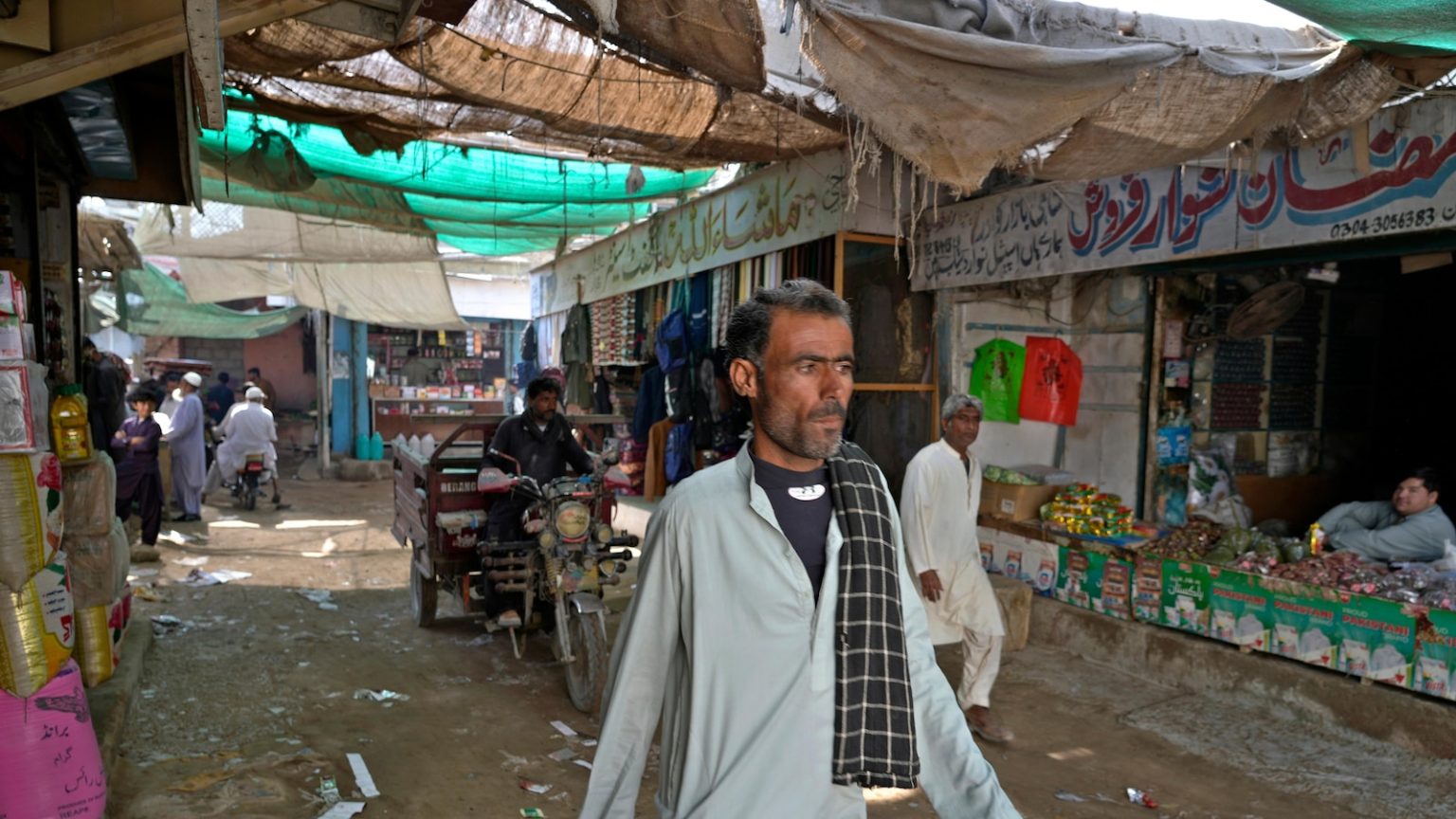The Enigma of New Gwadar International Airport: A Symbol of Power and Neglect
Introduction: The Airport Without a Purpose
In the coastal city of Gwadar, Pakistan, stands the New Gwadar International Airport, a $240 million project entirely funded by China. Completed in October 2024, this airport, with a capacity to handle 400,000 passengers annually, remains shrouded in mystery. Its opening date is uncertain, leaving many to wonder about its true purpose. While the airport is a modern Marvel, it starkly contrasts with the impoverished and volatile surroundings of the Balochistan province. The city of Gwadar itself lacks basic amenities such as a connection to the national electricity grid and access to clean water, raising questions about the priorities behind this grand infrastructure project.
The China-Pakistan Economic Corridor (CPEC): A Vision of Connectivity
The New Gwadar International Airport is a key component of the China-Pakistan Economic Corridor (CPEC), a multibillion-dollar initiative aimed at connecting China’s western Xinjiang province with the Arabian Sea. China has invested heavily in Balochistan over the past decade, with the promise of transforming the region through economic development. However, the impact of these investments on the local population remains a subject of debate. While authorities herald CPEC as a game-changer, the ground reality in Gwadar tells a different story. The city’s underdevelopment and lack of essential services suggest that the benefits of CPEC have not trickled down to the locals.
A City in Crisis: Gwadar’s Socio-Economic Struggles
Gwadar, despite its strategic importance, continues to grapple with basic issues such as electricity shortages and water scarcity. The city relies on solar panels and electricity imported from Iran, while clean water has become a luxury due to drought and overexploitation. The airport, which could potentially serve 400,000 passengers, seems out of place in a city of just 90,000 residents. Many question the prioritization of such a massive project over the urgent needs of the local population. Experts like Azeem Khalid, who specialize in Pakistan-China relations, argue that the airport is primarily intended to serve China’s interests, providing a secure route for Chinese citizens and goods, rather than benefiting the local community.
The Balochistan Insurgency: A Legacy of Conflict and Mistrust
Balochistan, the province where Gwadar is located, has been a hotspot of insurgency for decades. Separatist groups, fueled by grievances over resource exploitation and perceived exploitation by the state, have been fighting for independence. The influx of Chinese investments through CPEC has further complicated the situation, with militants targeting both Pakistani troops and Chinese workers. The government’s response has been to increase its military presence in Gwadar, transforming the city into a heavily fortified zone. Checkpoints, barbed wire, and watchtowers are a constant reminder of the pervasive security concerns, while intelligence officers closely monitor journalists and visitors.
Life Under Siege: The Human Cost of Security and Development
For the residents of Gwadar, the increased security measures have significantly altered their way of life. Once a peaceful and welcoming city, Gwadar is now a place of constant vigilance and restriction. Elderly residents like Khuda Bakhsh Hashim reminisce about a time when life was simpler, with unrestricted movement and abundant resources. Today, the city is a maze of checkpoints and barricades, with roads frequently closed to ensure the safe passage of Chinese workers and Pakistani officials. The local fish market, once a bustling hub of activity, is now deemed too sensitive for public access. The sense of mistrust and alienation among the residents is palpable, as they struggle to reconcile the promises of development with the harsh realities of their daily lives.
Broken Promises and Rising Tensions
The lack of tangible benefits from CPEC has deepened the sense of disillusionment among the local population. While the government claims that the project has created around 2,000 local jobs, there is little clarity on whether these opportunities have been extended to the ethnic Baloch residents or to workers from other parts of Pakistan.Protests over living conditions, led by local leaders like Abdul Ghafoor Hoth, have brought temporary attention to the issues, but promises of improved electricity and water access remain unfulfilled. The exclusion of local labor from the airport’s construction and operation has further exacerbated feelings of marginalization. Experts like Azeem Khalid argue that without meaningful involvement of the local population, the trickle-down benefits of CPEC will remain elusive, leaving the Baloch people further alienated and disenfranchised.
The story of New Gwadar International Airport is not just about an airport; it is a microcosm of the larger issues plaguing Balochistan and Pakistan-China relations. The airport stands as a symbol of China’s expanding influence and Pakistan’s strategic priorities, but it also underscores the neglect and exclusion of the local population. As long as the voices and needs of the Baloch people remain unaddressed, the promise of development and prosperity through CPEC will continue to ring hollow, leaving Gwadar and its residents caught in a cycle of mistrust, neglect, and conflict.















